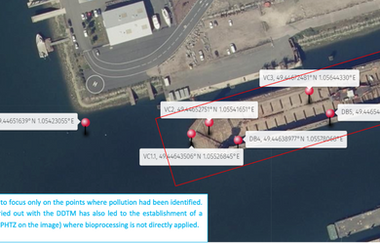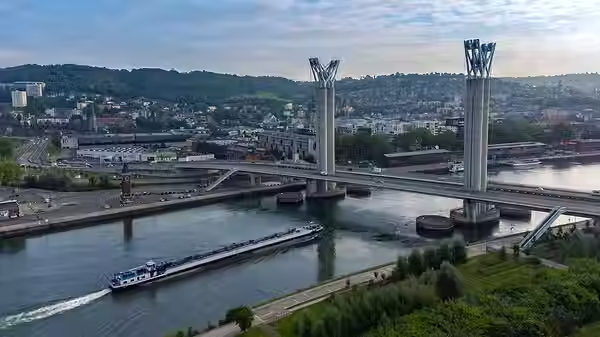
Seaport & Fluvial Dredging
We transform dredged sediments into construction materials and other valuable resources
What We Solve
Sediments naturally build up in seaports and river systems due to various causes, such as the tides or heavy boating activity. In order to keep these water systems navigable, port authorities must continuously dredge the sediments and clear them out.
Until now, those dredged sediments have often been dumped back at sea, but shifting laws and a better understanding of the negative environmental consequences of dumping at sea are now changing this dynamic. The public and private sector are also beginning to realize that dredged sediments can be put to work in the local economy.
However, port authorities, local governments, and the private sector need help mapping out what sediments they have and how to process them into materials that can be used locally.
Our Process
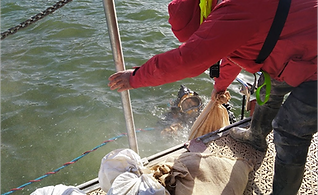
Classification of Sediments
We analyze samples from local dredging activities, building a profile of which sediments exist in the area and if they contain any harmful contaminants that must be treated.
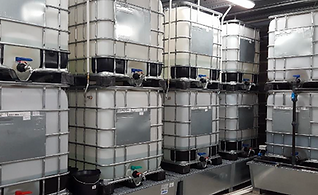
Separation and Treatment
We separate and treat the sediments as required for use by local industry players, ensuring that we provide the materials to their specification.
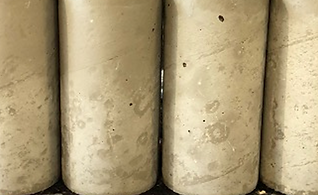
New Product Development
We work with local industry representatives, encouraging them to sign offtake agreements while also helping them to develop innovative new products using these recycled sediments.
Benefits
Comply with new dredging legislation
Some governments are now making it illegal to dump dredged sediments back into the water. Comply with this new legislation by working with us to turn those sediments into locally usable materials.
Mitigate the environmental impact of dredging
Dumping dredged sediments back into the water damages the environment in many ways, like burying local habitats, spreading harmful contaminants, and altering the water's sediment balance. Avoid these harmful effects by scrapping your dumping operations altogether.
Turn your dredging operations into a revenue generator
Dredging can be expensive, but this historical cost center can turn into a revenue and profit generator by repurposing dredged sediments for local re-sale.
.png)



